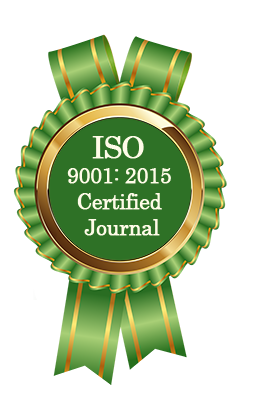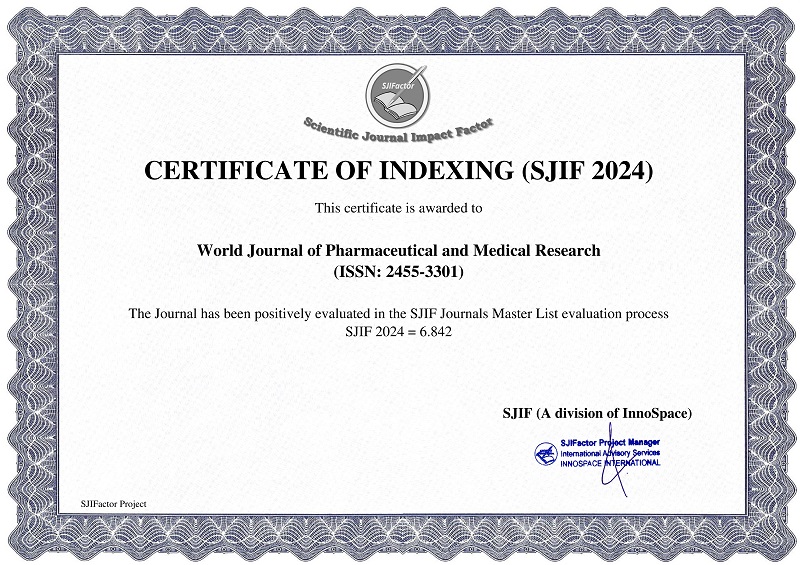EVALUATION OF THE ACUTE AND SUBACUTE ORAL TOXICITY OF A TOTAL AQUEOUS EXTRACT OF TRUNK BARK OF PARKIA BIGLOBOSA (MIMOSACEAE) IN MAMMALS
Noël Kouamé Toto*, Adrien Lane Goh Bi, Yomalan Kassi, Semi Anthelme Nene Bi and Flavien Traoré
ABSTRACT
Parkia biglobosa (Mimosaceae) is a plant commonly used in traditional African medicine to treat several diseases including arterial hypertension, heart disease, and diabetes. This work aims to evaluate the acute and subacute oral toxicity of a total aqueous extract of trunk bark of Parkia biglobosa (EAqPB) respectively on mice and rats. The acute and subacute toxicity tests carried out on mice and rats orally with EAqPB were done respectively according to the guidelines of the Organization for Economic Cooperation and Development 423 and 407. The doses of 2000 and 5000 mg/Kg B.W of EAqPB were used for the acute toxicity test. For the subacute toxicity test, respective doses of 500, 1000, and 2000 mg/Kg BW of EAqPB were administered to the batches of animals at a rate of one dose per batch for 28 days. The substances were administered by gavage. The administration of EAqPB, at a dose of 2000 mg/Kg B.W then at a dose of 5000 mg/Kg B.W, did not cause any mortality in these animals during 14 days of observation. Concerning subacute toxicity, daily administration of EAqPB for 28 days to rats showed no signs of toxicity in both males and female rats. They had normal growth in body weight, a sign of an absence of toxicity. However, rats treated with EAqPB at a dose of 2000 mg/Kg B.W had a lower weight gain than animals treated with doses of 500 and 1000 mg/Kg B.W of EAqPB. The study of acute toxicity in female mice by oral route showed that EAqPB is non-toxic because the LD50 is greater than 5000 mg/Kg B.W. Repeated administration for 28 days of different doses of EAqPB, did not cause any signs of toxicity in rats. These results are therefore favorable to the use of this plant in traditional medicine for the treatment of diseases.
[Full Text Article] [Download Certificate]



